“Give nature half a chance and she has a miracle in store for everyone.”
- Rosita Arvigo
The term ‘Wild Crafting’ refers to the act of harvesting plants that grow wild in your yard, parks or other local locations which you identify. These plants can act as food sources, or carry medicinal qualities. Many of these plants are considered ‘weeds’ and are generally pulled from the garden and discarded without even realizing their many uses!
There are a number of things to keep in mind when you are harvesting these various plants and mushrooms. First of all, take the time to educate yourself thoroughly on what you are planning on seeking out! While some plants may look similar, choosing the wrong one could lead to ingesting something poisonous! It is also important to be cautious about the location from which you are harvesting. While you are going to be aware of what has or hasn’t been sprayed within your own yard, you aren’t always sure about the situation in parks or along roadsides. Finally, only ever harvest approximately 30-40% of what is available. This will ensure that this useful plant will be able to replenish and continue growing for use in the future!
Here are 11 useful plants that you can find in your own neighborhood:
- Reishi Mushroom
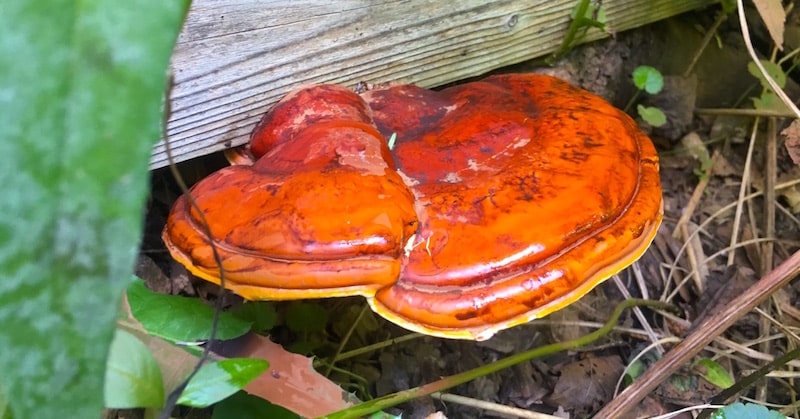
The reishi mushroom has long been recognized for its health benefits. Slightly bitter in taste, the mushroom is usually dried and then prepared as a tea, or ground up into a powder to protein shakes and smoothies. This plant works as a preventative measure rather than a treatment, helping to protect the body against heart and liver disease, skin disorders, inflammation, diabetes, sleep disorders, fatigue, anxiety, depression, digestive problems, cancer, and a number of viruses including HIV/AIDS and hepatitis.
- Chickweed

Once used regularly as a salad green, chickweed can also be used as a vinegar by infusing it with apple cider vinegar or made into a salve. Containing both vitamin C and potassium, chickweed is often used for treating skin conditions such as eczema, acne, psoriasis, minor burns, wounds or sores, or any other form of skin inflammation. It is also effective to relieve constipation and to soothe irritated eyes.
- Stinging Nettle

Containing a number of acid-filled needles, the raw plant can actually ‘sting’ when handled cause your skin to break out in a rash. Once the plant has been boiled, the leaves contain a number of important health benefits including the ability to treat allergy symptoms, improve the immune system, treat skin conditions, lower blood pressure, thicken hair, reduce dandruff, reduce pain and work as a sedative. Stinging nettle can be used to make a tea, or (once cooked) added to salads or baked.
- Broadleaf Plantain

The broadleaf plantain is packed with calcium, vitamin K, and other vitamins and minerals. This plant has a number of uses including treating open sores and wounds, mouth ulcers, throat pain, boils, acne, sunburn, fever, burns, colds, and diarrhea. It has also been found to improve both kidney and liver function, and can be used to draw the toxins and poisons out of bites and stings – It has even been used for treating snake bites! To use this plant, make it into a poultice, tea or salve.
- Creeping Charlie
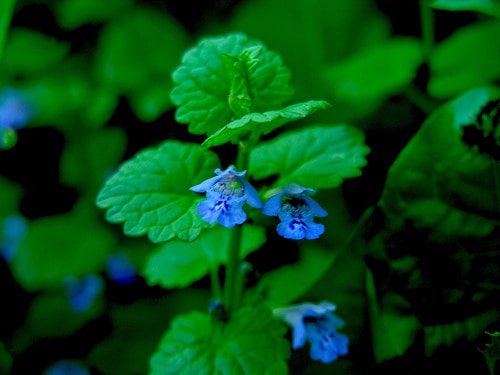
While it is part of the mint family, creeping Charlie does not have a minty smell. Often considered nothing more than a nuisance, it can be used to treat headaches, lead poisoning, mono, coughs, and colds. The plan has also been used to detoxify the liver. It can be used to make a tea or mixed with hot water, and then you inhale the steam.
- Purslane

Often used in salads as part of a mixed green, purslane contains a number of different vitamins and minerals including vitamins A, B and C, calcium, potassium, magnesium, iron, manganese, copper, fiber and a number of powerful antioxidants. This plant can be used to treat diarrhea and other gastrointestinal disorders, cancer, high cholesterol and skin conditions. It has also been found to promote weight loss, improve vision, increase circulation and strengthen bones.
- Dandelion
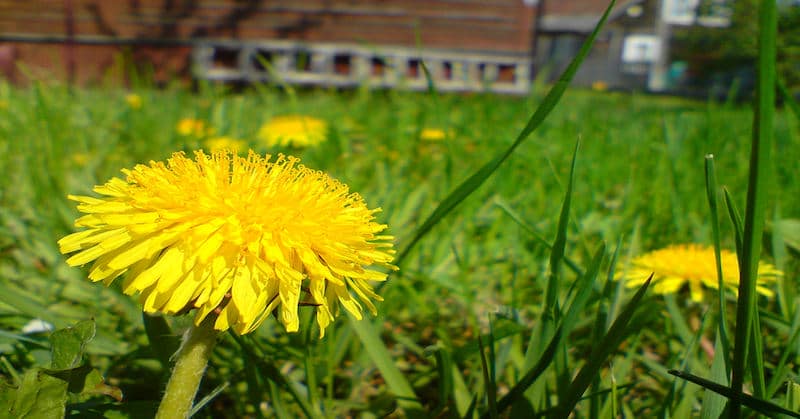
Dandelions are seen in abundance, however often overlooked as nothing more than a nuisance! This highly beneficial plant can be made into teas or used for salads. The long list of potential uses includes the treatment of irritable bowel syndrome, cancer, high blood pressure, diabetes, urinary tract infections, diverticulitis, psoriasis, eczema and calcium deficiencies. It has also been shown to aid digestion, reduce inflammation and detoxify the liver.
- Red Clover
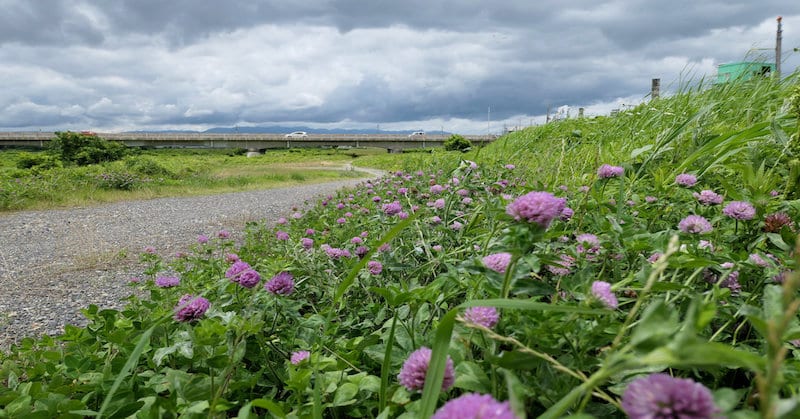
Red clover can either be made into a salve for topical use or made into a tea. It works to detoxify the liver, boost the immune system, increase bone strength, balance hormones within the body, manage symptoms of menopause, improve cardiovascular health, reduce skin inflammation, manage cholesterol and fight respiratory infections. It has also been credited with lowering the risk of a number of different types of cancer.
- Burdock Root
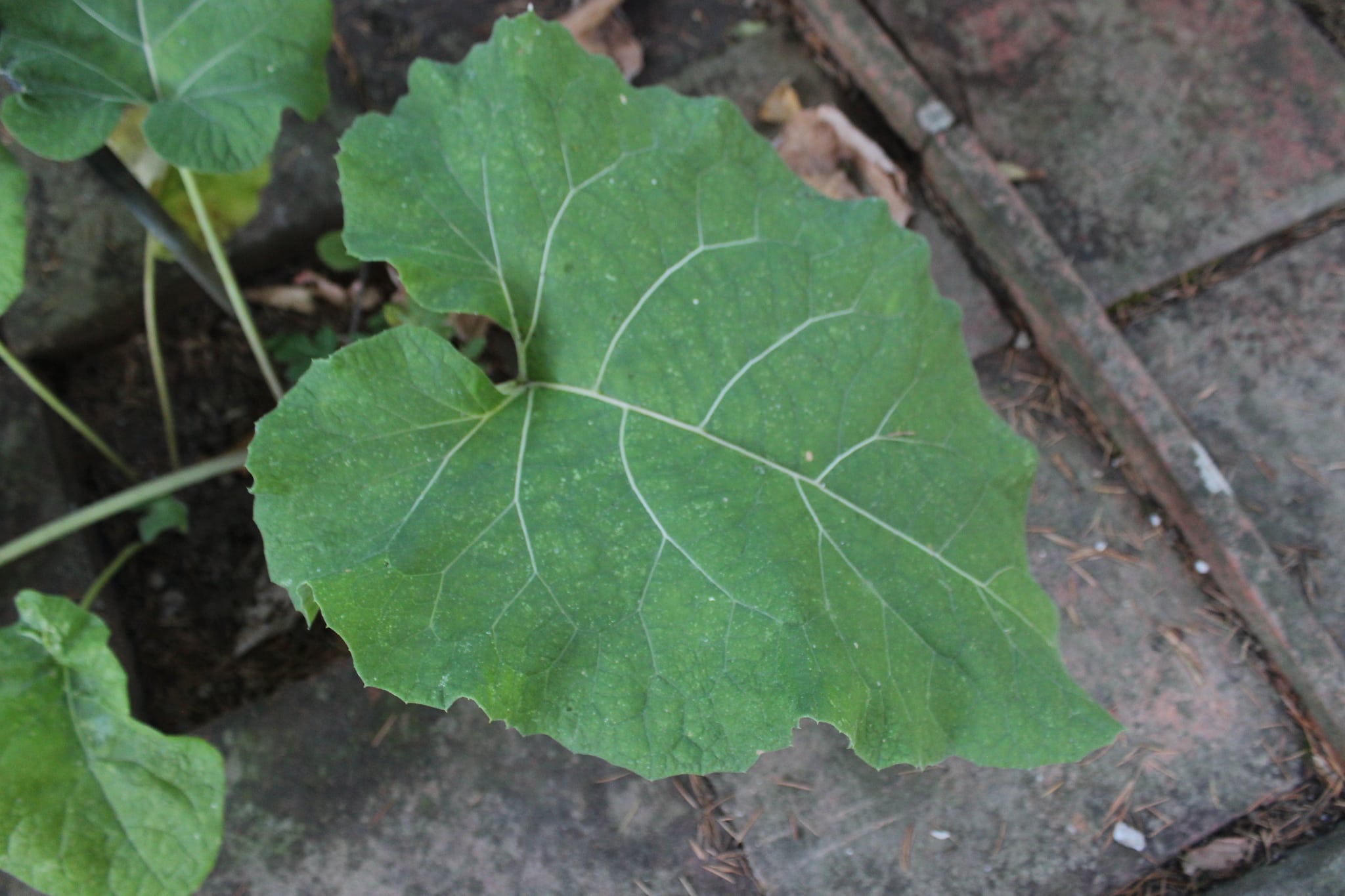
Loaded with antioxidants, burdock root has been found effective in removing toxins, treating skin issues, fighting cancerous cells and even working as an aphrodisiac! It can be made into a tea using either the dried root powder or fresh root form. It is important to note, however, that this plant does act as a natural diuretic, so if you are using it for any purpose be sure to keep yourself properly hydrated!
- Yarrow

This flowering herb is often used to stop bleeding or heal various skin conditions. It also works to alleviate anxiety, reduce inflammation, treat asthma, lower high blood pressure and manage muscle spasms. It can also be used as a mild sedative. The leaves can be used fresh in soups, salads or sautéed dishes, or they can be dried and used as a cooking herb.
- Lamb’s Quarters
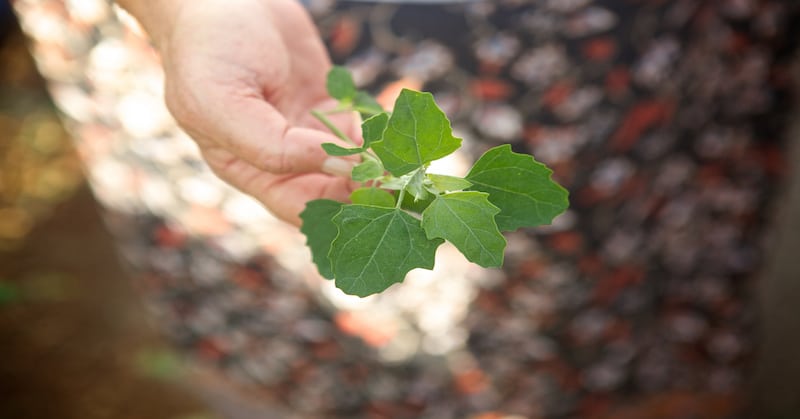
Packed with vitamins A and C, calcium, iron, phosphorous and enough protein to rival spinach, lamb’s quarters is a plant that packs a powerful punch. While you should avoid consuming too many of the seeds due to potential side effects, the leaves, shoots, and flowers are all safe to consume freely as salad greens or to add to stir-fry or soup. Lamb’s quarters has been found beneficial in the treatment of tooth aches and tooth decay, arthritis, eczema, gout, rheumatism, constipation and insect stings.